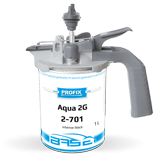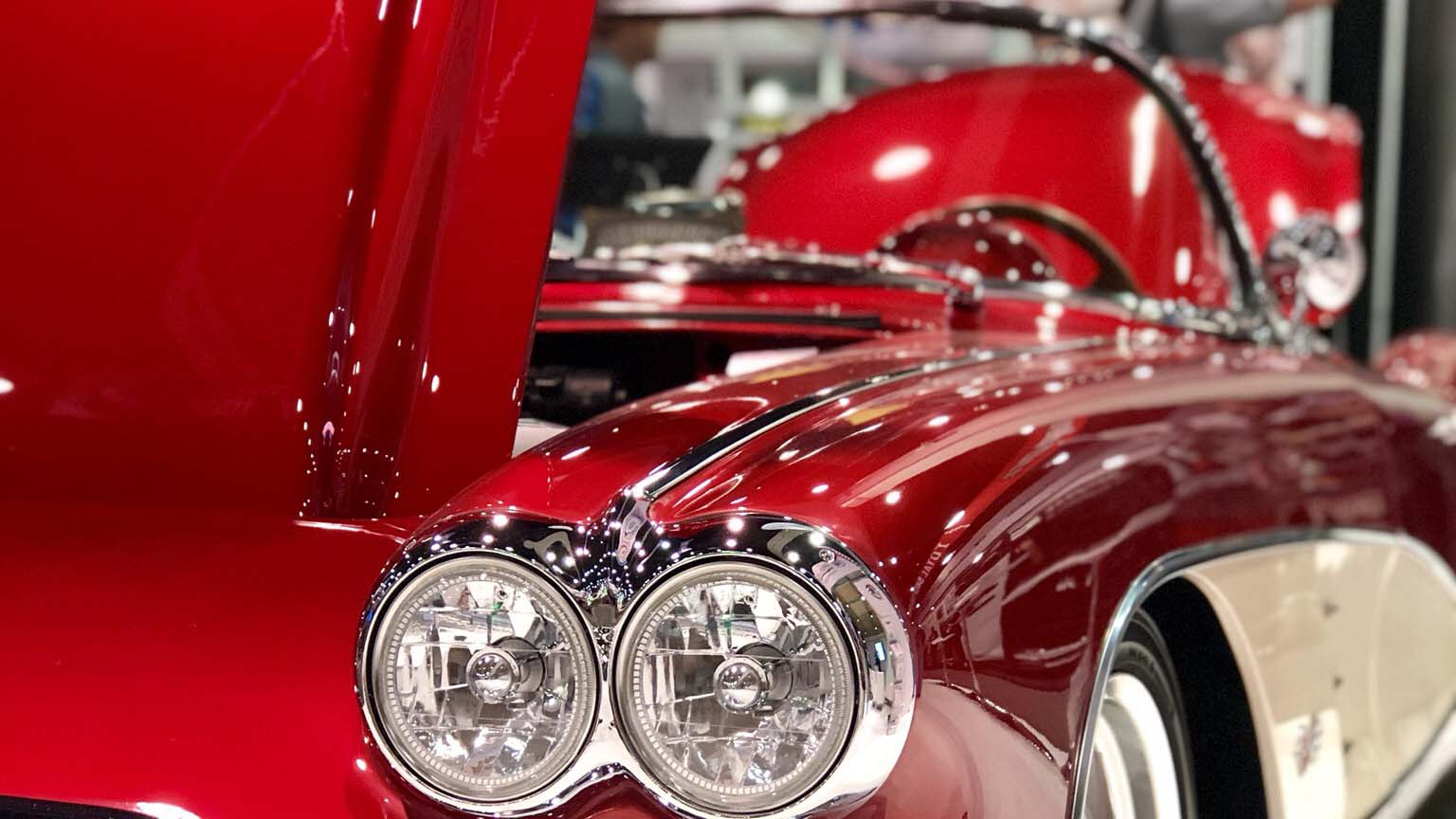Recently added
Most read
Why use the water-soluble lacquers, when the conventional ones are available?
How to protect your car paint from frost?
How to protect your car paint from frost?
This year, we have recorded the hottest summer in history, winter came later than usual and is much milder, but... does it mean you do not have to worry about paint of a car?
At the beginning, it is worth to remind that paint is the most exposed part of the car during the winter months. Particularly when a car is parked outside and is exposed to extreme temperature fluctuations (sometimes above 0 during the day, and below 0 at night), it must then be properly protected. Although, the subject of paint protection always appears with first snow and frost, we should think more about protecting the car paint before re-fitting the tires.
At the beginning, it is worth to remind that the car paint is composed of multiple layers of the body protection system. Each element has a specific role and the whole is dependent on one another. It is worth to mention this, because it allows to better understand the steps to be taken to protect our car before the winter comes. The cover paint, clearcoat or double-component acrylic varnish the most common, is the layer especially exposed to the atmospheric agents. The last layer of paint should be especially checked and protected.
What damages the car paint the most?
While road salt greatly improves safety of driving on snowy and icy roads, it is one of the main factors that can accelerate the emergence of rust on the car. Although clearcoats are largely resistant to salt, this, in the event of scratches or even micro-chipping, salt can penetrate into the bottom paint layers and cause a lot of damages there. It is easy to make scratch on paint, hitting of small pebbles, too tight parking places are the main reasons of the mechanical damage to paint. Therefore, before choosing the method of protection of the cover, let us make a thorough review of the body. Let us pay attention on the main areas, in which damages can occur, i.e. bonnet, fenders, mirrors and bumpers.
If you notice damages to paint, it can be necessary to apply the paint repairs, such small cavities are generally suitable for rapid repairs (so-called smart repair). You can purchase the available on the market kits for self-repairs, however, if you do not have experience, use the services of a professional workshop, because sometimes low amount of money spent at a specialist can protect us from much higher costs in the future.
Frequent washing
Regular washing of the car body means not only taking care of its appearance, but also provides effective protection of the coating in winter. When the interval between very low temperatures is short, use a high pressure washer to rinse the whole gravel, especially from car under-chassis and chassis. High pressure spraying loosens dirt and removes road salt, which effectively reduces the risk of permanent damage to paint in hard-to-reach places. Car washing is much more important in winter than at other times of the year. Sand, gravel, mud, snow mixed with road salt increases the risk of rust on your car. Corrosion occurs more quickly when the temperatures rise above zero during the day and then they fall below zero at night. Especially in winter, rinse the chassis in hard-to-reach places, which are prone to rust, such as bumpers and wheel arches.
Wax application
In winter, we wear gloves to protect our hands from cold. Your car can also have a protection layer, provided by wax. The wax layer applied on the car paint creates a protective layer, providing at the same time glow and shine, so valued by the users. There is no doubt that the car waxing is hard work. Car wax keeps the good condition of paint by slowing oxidation and forming a barrier against bird feces and other pollution. The easiest way is to purchase the spray wax, which can be applied comfortably and wiped quickly. You can do this in one afternoon. Personally, I also recommend to apply the polishing lotion (e.g. WAX by Profix), which not protects paint well, but also provides an incredible depth of paint. Importantly, WAX can be applied throughout the year, and not just seasonally in winter.
You need to know how to wash
Use a soft brush or foam to remove snow from the car. Avoid using hard plastic scrapers, though can be used on the windshield, can scratch the surface of the paint. When spring finally comes, wash every element of your car accurately, clean with warm water and liquid; waxing will remove all traces of harsh winter and the body will look like new.
In conclusion, it would be perfect if you wash your car once a week, especially during the winter months. Keeping your car clean is the best protection, while washing the car in winter is sometimes impossible. This can be remedied by keeping the car in the garage or at least cover it with a protective tarp during large frosts. Do not apply the touch car wash when the car is covered with a thick layer of dirt, which can cause the micro-scratches of paint.









